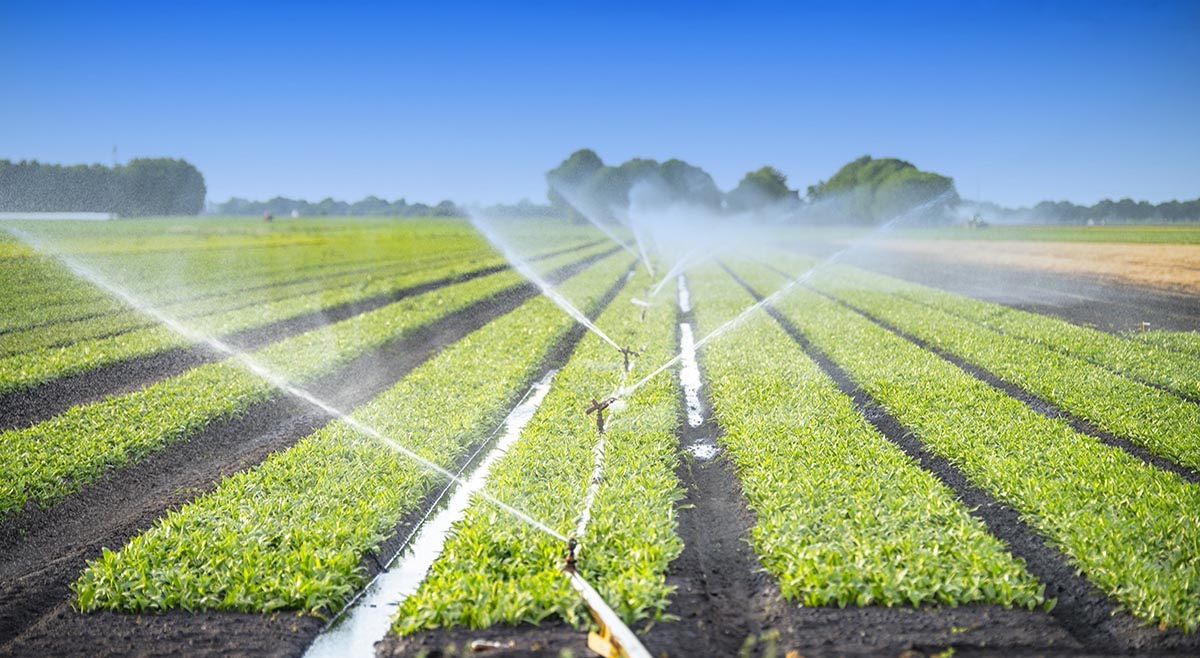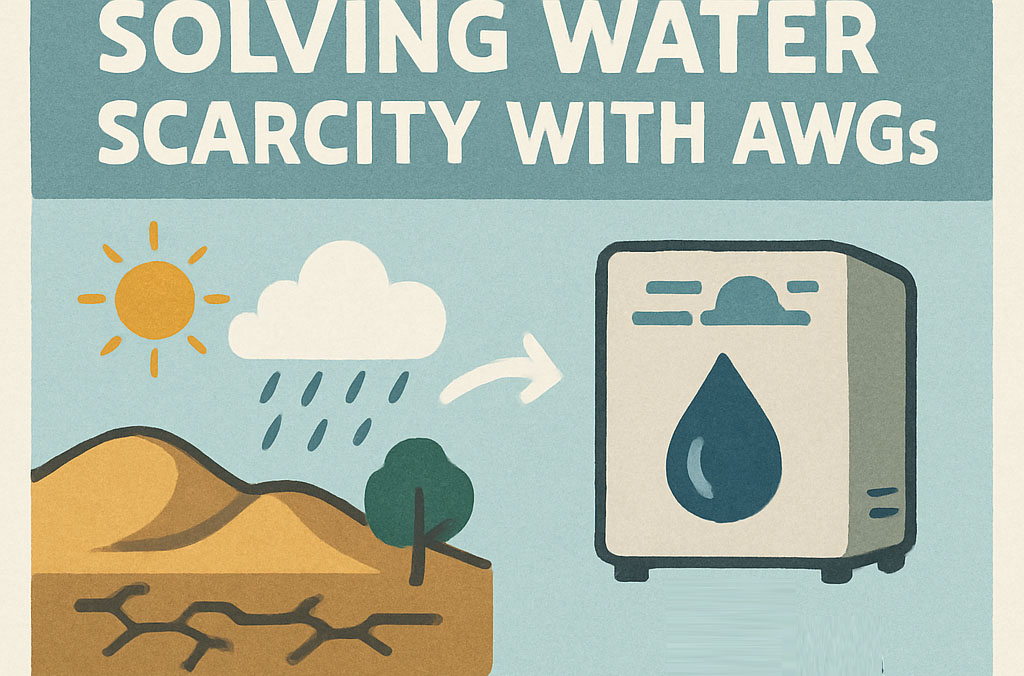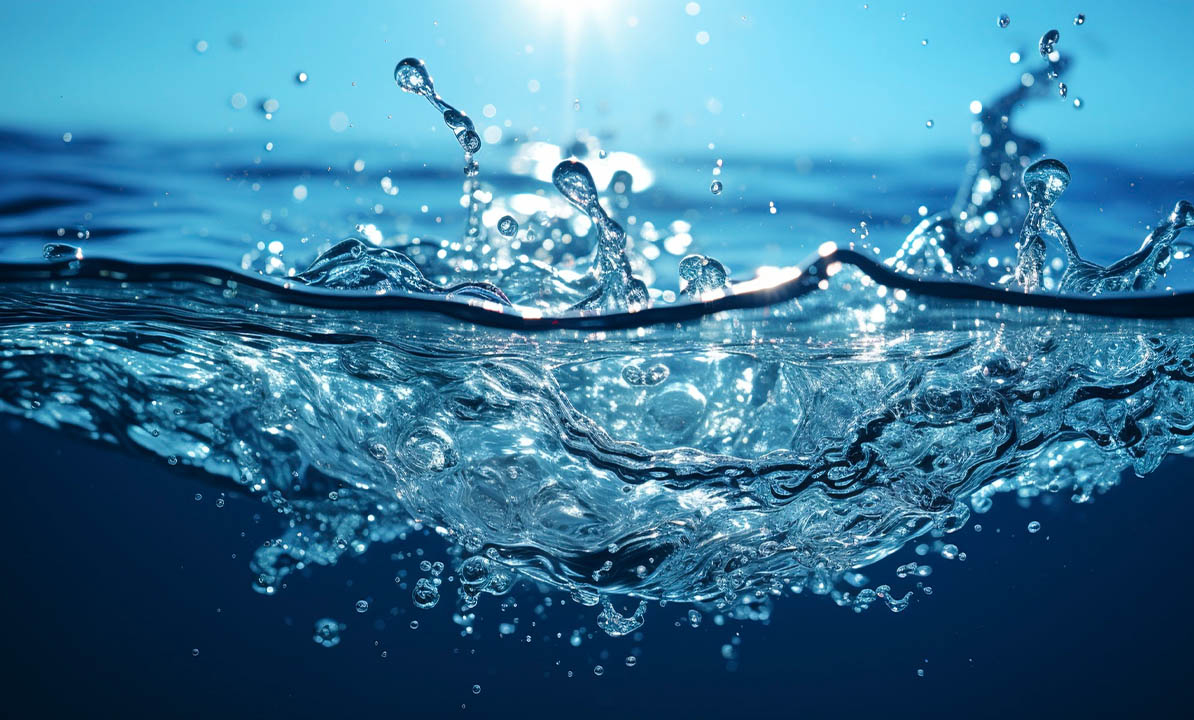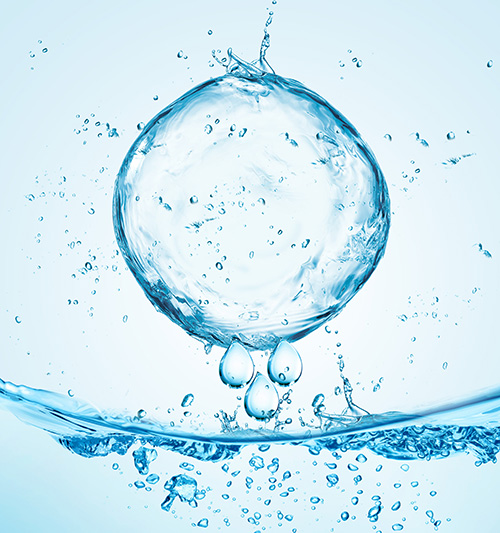Atmospheric Water Generator: Green Technology that Draws Life from the Air
Jul 11, 2025
With the increasing global climate change, water shortage has become a severe challenge worldwide. According to UN data, about a quarter of the world's population currently lives in areas with water shortages, and by 2050, this figure is expected to rise to more than half. In this context, traditional water source development methods can no longer meet the growing demand for water, and innovative water extraction technology is becoming an important direction for solving water resource problems.
As a cutting-edge technology that converts water vapor in the air into drinkable water, the Atmospheric Water Generator (AWG) has made significant progress in terms of technical maturity and application scope in recent years. It is not only a scientific and technological innovation, but also represents a new concept of water resources: water is not only present in rivers, lakes and seas, but also widely present in the air we breathe every day.
1. Working principle of 250L Commercial Industrial Atmospheric Water Generator
The principle of Atmospheric Water Generator is based on the physical condensation process. Its core idea is to cool the water vapor in the air to below the dew point through refrigeration technology to condense it into liquid water. This process is similar to the water droplets condensing on the wall of a cold drink can in the summer. The whole process can be divided into the following steps:
1. Air intake and purification
The machine draws in the surrounding air through a built-in fan and purifies it through a multi-stage filtration system to remove dust, pollen, particulate matter and harmful gases in the air, ensuring that the air entering the water system is clean and pollution-free.
2. Condensation of moisture
The purified air enters the refrigeration module and is cooled by the compressor to cool the air below its dew point temperature, causing the moisture in the air to condense on the condensation plate in the form of water droplets.
3. Collection and filtration
The condensed water droplets are collected and introduced into the water storage system, and then undergo multi-layer filtration, mineralization and ultraviolet sterilization treatment to finally reach the standard for direct drinking. Some high-end equipment will also use advanced technologies such as nanofiltration membranes and reverse osmosis to further improve water quality.
4. Storage and supply
The purified water is stored in a food-grade water tank, and users can get drinking water through the water outlet at any time. Some models are also equipped with hot and cold water functions for convenient and diversified use.
2. Technical advantages of air-to-water generators
The technical advantages of air-to-water generators make them uniquely competitive in a variety of scenarios:
1. Independence from traditional water sources
Air-to-water generators do not rely on surface water, groundwater or municipal pipe networks, and are particularly suitable for deployment in water-scarce, remote or disaster-stricken environments, providing users with independent and sustainable drinking water solutions.
2. Environmental protection and energy saving
Although atmospheric water generators consume electricity, they have a smaller carbon footprint than high-energy water supply methods such as seawater desalination and underground pumping. When used with clean energy such as solar energy and wind energy, green and low-carbon operation can be achieved.
3. High water quality guarantee
Through multiple purification technologies, the water produced can achieve higher safety standards than tap water, avoiding secondary pollution caused by old pipe networks, and is particularly suitable for medical, scientific research and food processing industries that have extremely high requirements for water quality.
4. Flexible deployment and wide application
Air-to-water generators can be used in homes, office buildings, schools, factories, border outposts, field operation bases and even military camps, with high flexibility and convenient use.
3. Applicable scenarios of air water generation technology
1. Arid areas and remote villages
In areas with drought or uneven distribution of water resources such as the Middle East, Africa, and the Australian inland, air to water generator can provide valuable clean water sources and improve residents' drinking water conditions when air humidity conditions permit.
2. Urban high-rises and public buildings
For high-rise buildings, office buildings, hospitals and schools with insufficient water pressure or poor water quality, air water generators can effectively ensure healthy drinking water as a supplementary water source, especially during the peak water use period in summer.
3. Emergency rescue and field operations
In special circumstances such as natural disasters, wars, field scientific research, and engineering construction, traditional water supply systems may be destroyed. Air water generation equipment can be quickly deployed in a short time to ensure emergency water supply.
4. High-end families and smart homes
For users who pursue a healthy quality of life, high-end air water generators can not only provide stable and safe drinking water, but also integrate smart home functions such as smart sensing, remote control, and voice interaction to enhance life experience.
4. Technical Challenges
Although the prospects of air-to-water technology are broad, there are still some practical challenges:
1. Energy consumption
In the process of air-to-water, refrigeration is needed to condense water. In an environment with low air humidity and high temperature, in order to obtain the same water output, the machine needs to work continuously, and energy consumption increases significantly.
2. Strong humidity dependence
Air humidity is a key factor affecting water production efficiency. Generally speaking, the relative humidity needs to be above 30% for the efficiency to be of practical value. The air in arid, desert, plateau and other areas is often too dry, resulting in low water production efficiency.
3. Equipment cost and maintenance
High-end air-to-water machines are relatively expensive, especially high-power or industrial-grade equipment. At the same time, regular replacement of filters, cleaning systems and energy consumption costs also increase the threshold for use.
4. Popularization and cognition
Due to the limited public understanding of air-to-water technology, market acceptance has not yet been fully opened. Many people are still skeptical about the concept of "air can be turned into water", which needs to be promoted through popular science and practical applications.
V. Future Development Trends
The development of air-to-water technology will continue to evolve in the following directions in the future:
1. Improve energy efficiency ratio
Through new condensing materials, intelligent temperature control systems, and efficient compressor refrigeration technology, reduce unit water production power consumption and improve energy efficiency.
2. Combine green energy
Integrate air-to-water machines with solar panels and wind power generation systems to create a "zero-emission" water source system, which is particularly suitable for areas with scarce resources.
3. Modularization and scale
Expand from small household equipment to medium and large community water stations and industrial water supply platforms, support on-demand deployment, module expansion, and achieve large-scale water supply.
4. Intelligence and Internet of Things access
Combining sensors, big data and AI algorithms, water quality monitoring, humidity prediction, equipment fault diagnosis and remote management are achieved, improving ease of use and maintenance efficiency.
The advent of air-to-water machines is not only a technological innovation, but also a challenge to the traditional concept of water resource utilization. It tells us that in the pursuit of a sustainable future, technology is no longer just the development of natural resources, but also the ability to reconstruct and rediscover resources.
"Water" is the source of life, and "air-to-water" may become an important supporting technology to ensure human drinking water safety in the future. With technological progress, cost reduction and increased global environmental awareness, air-to-water machines are expected to become highly popular green equipment, bringing clean and stable water sources to more families, communities and even countries around the world.




 Network Supported
Network Supported